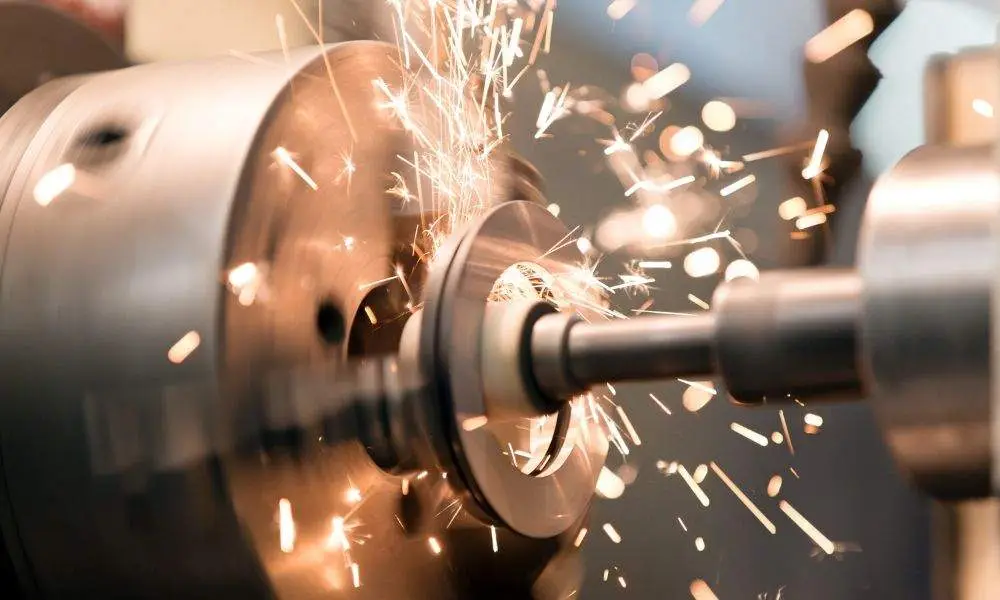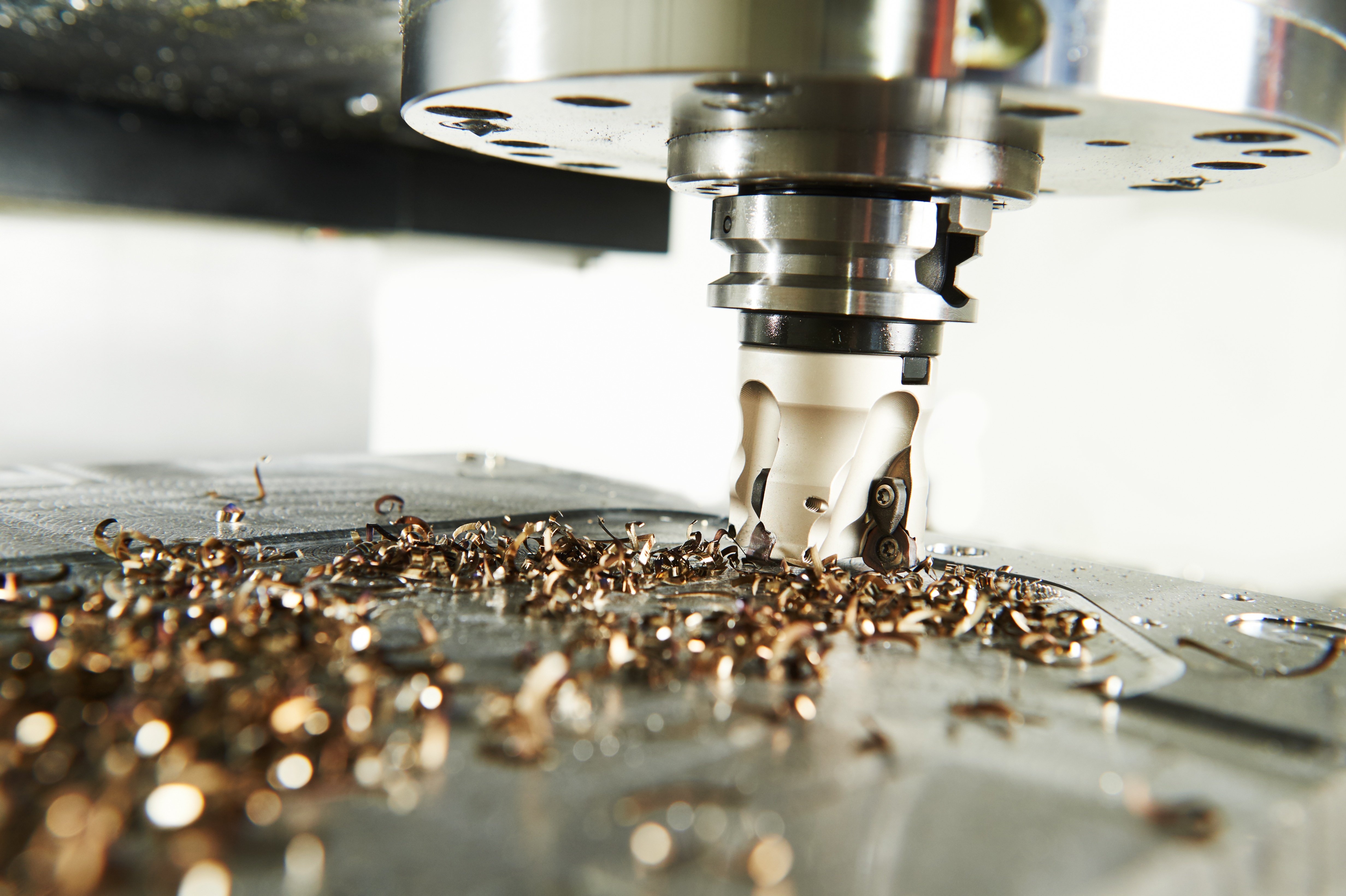The Role of Fasteners and Machining in High-Quality Product Design
The Role of Fasteners and Machining in High-Quality Product Design
Blog Article
Browsing the World of Fasteners and Machining: Techniques for Accuracy and Speed
In the elaborate world of fasteners and machining, the quest for precision and rate is a perpetual difficulty that requires thorough focus to information and critical preparation. From comprehending the diverse selection of bolt types to choosing ideal materials that can hold up against rigorous needs, each action in the procedure plays a pivotal duty in achieving the desired result. Accuracy machining strategies further boost the complexity of this craft, needing a fragile equilibrium between technical competence and cutting-edge approaches. As we explore the methods that can boost both speed and efficiency in this domain, the interplay between quality assurance actions and functional quality becomes a crucial focal factor.
Understanding Bolt Kind
When choosing fasteners for a job, understanding the numerous kinds offered is vital for ensuring ideal performance and integrity. Bolts are utilized with nuts to hold products together, while screws are versatile fasteners that can be made use of with or without a nut, depending on the application. Washers are necessary for dispersing the load of the fastener and preventing damages to the material being fastened.
Picking the Right Products
Understanding the value of picking the best materials is extremely important in guaranteeing the ideal efficiency and integrity of the chosen fastener kinds reviewed formerly. When it concerns fasteners and machining applications, the material choice plays an essential function in figuring out the total strength, sturdiness, rust resistance, and compatibility with the designated setting. Various products supply differing residential properties that can significantly impact the performance of the fasteners.
Common materials used for bolts consist of steel, stainless-steel, titanium, brass, and light weight aluminum, each having its one-of-a-kind toughness and weak points. Steel is renowned for its high stamina and resilience, making it appropriate for a variety of applications. Stainless steel offers superb deterioration resistance, suitable for atmospheres prone to moisture and chemicals. Aluminum is corrosion-resistant and lightweight, making it ideal for applications where weight decrease is important. Brass is typically chosen for its visual allure and outstanding conductivity. Titanium is understood for its remarkable strength-to-weight proportion, making it optimal for high-performance applications. Selecting the appropriate product involves considering variables such as strength needs, ecological conditions, and spending plan restrictions to ensure the wanted performance and long life of the fasteners.
Precision Machining Techniques

Along with CNC machining, other accuracy techniques like grinding, turning, milling, and exploration play important duties in bolt production. Grinding aids attain great surface coatings and limited dimensional tolerances, while transforming is usually utilized to create round parts with accurate diameters. Milling and exploration operations are vital for shaping and producing holes in fasteners, ensuring they fulfill exact requirements and feature correctly.
Enhancing Rate and Performance
To optimize fastener manufacturing procedures, it is vital to streamline operations and execute effective approaches that complement precision machining methods. One crucial approach for boosting speed and efficiency is the implementation of lean manufacturing principles. By decreasing waste and concentrating on constant enhancement, lean methods aid maximize and remove traffic jams operations. In addition, spending in automation modern technologies can considerably improve manufacturing rate. Automated systems can manage repeated tasks with precision and speed, enabling employees to focus on more facility and value-added tasks. Adopting Just-In-Time (JIT) inventory management can also improve efficiency by making certain that the appropriate products are offered at the correct time, lessening excess stock and reducing preparations. Fostering a culture of partnership and interaction among group participants can boost overall performance by promoting transparency, analytic, and innovation. By incorporating these approaches, producers can achieve a balance between rate and accuracy, ultimately improving their one-upmanship in the bolt sector.
High Quality Control Procedures
Executing strenuous top quality control actions is essential in making certain the reliability and uniformity original site of bolt products in the manufacturing procedure. Fasteners and Machining. Quality control procedures include different stages, starting from the selection of raw products to the final evaluation of the finished fasteners. This involves assessing elements such as product toughness, structure, and sturdiness to assure that the fasteners fulfill market standards.
Regular calibration of tools and machinery is necessary to maintain consistency in manufacturing and ensure that fasteners fulfill the necessary resistances. Executing rigorous methods for determining and attending to non-conformities or issues is vital in preventing substandard items from entering the market. By establishing a comprehensive high quality control structure, manufacturers can promote the online reputation of their brand and provide fasteners that fulfill the greatest criteria of efficiency and longevity.
Conclusion

In the complex realm of bolts and machining, the pursuit for precision and rate is a perpetual challenge that demands careful focus to detail and calculated planning. When it comes to fasteners and machining applications, the material selection plays a crucial duty in identifying the general strength, toughness, deterioration resistance, and compatibility with the designated setting. Accuracy machining involves numerous innovative techniques that ensure the limited tolerances and requirements required for fasteners.In enhancement to CNC machining, other precision methods like grinding, transforming, milling, and exploration play crucial roles in bolt manufacturing.To enhance fastener manufacturing procedures, it is important to simplify operations and execute efficient strategies that complement accuracy machining methods.
Report this page